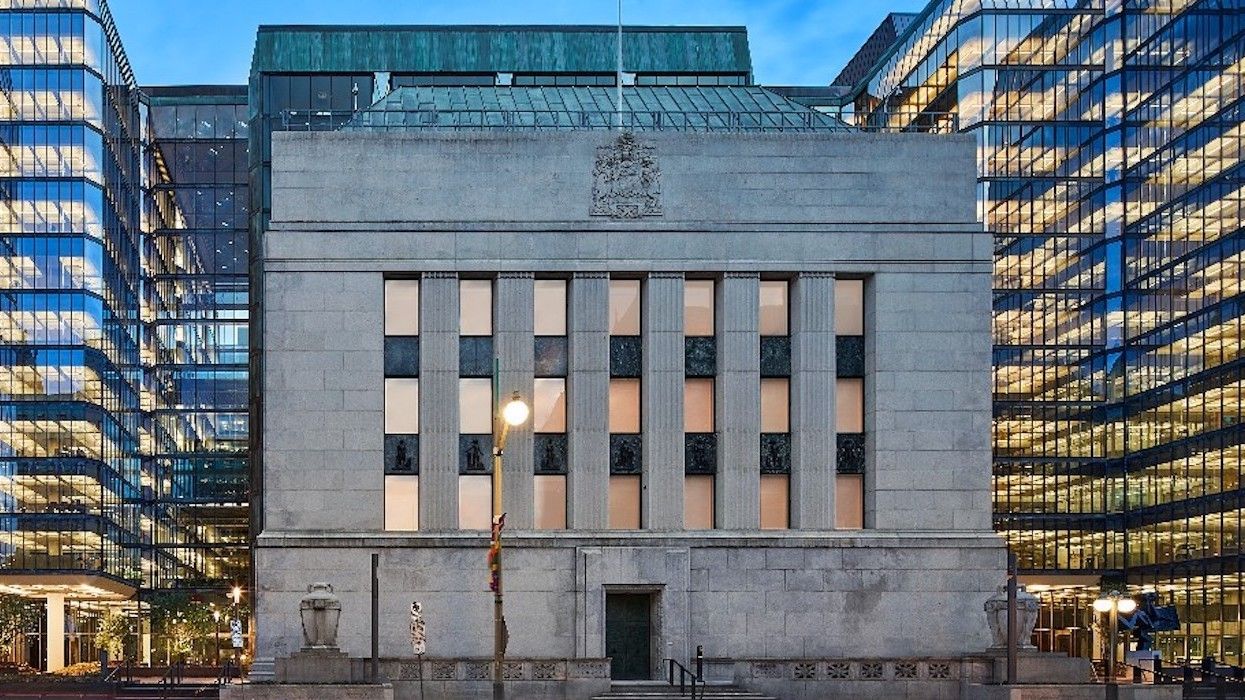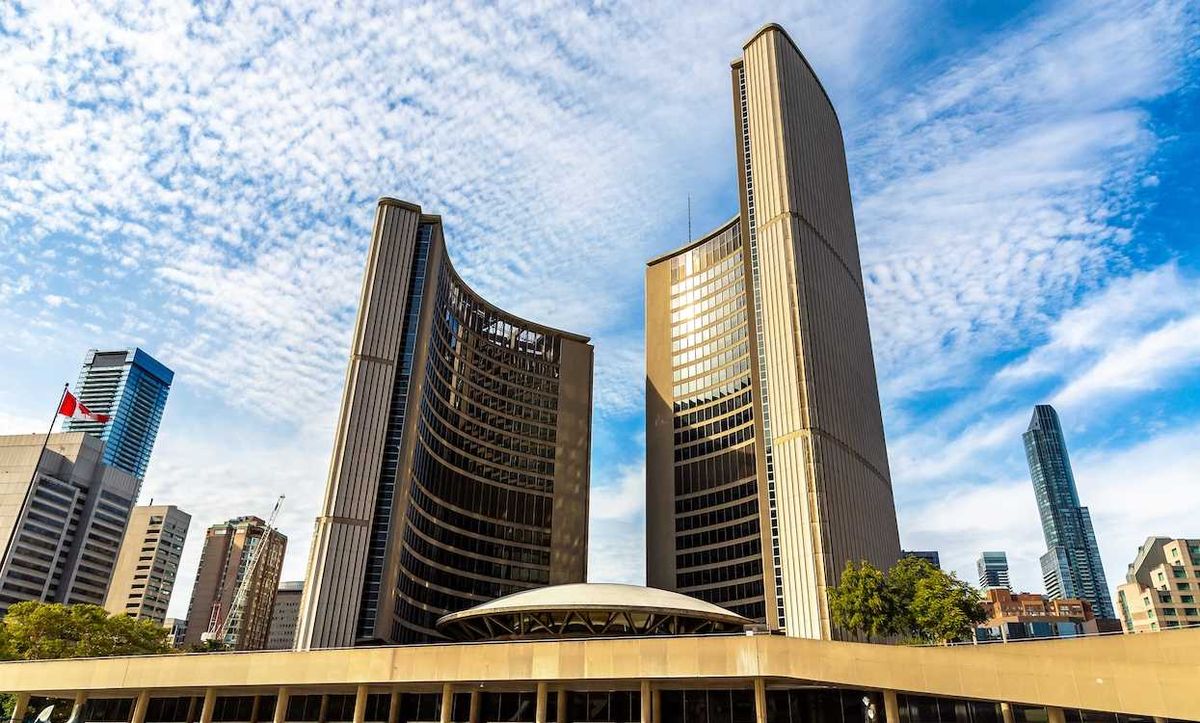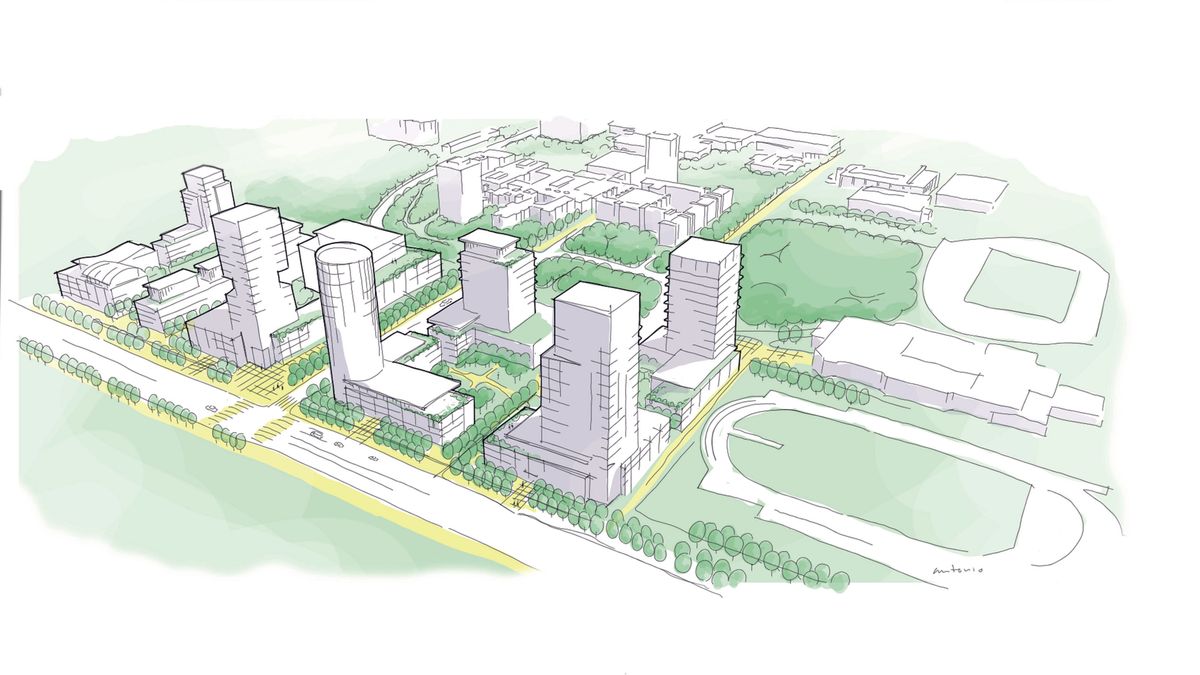UPDATE: On Wednesday morning the Bank of Canada announced they would hold the overnight interest rate at 2.75%. It's the Banks's first hold in the last 12 months.
Amidst the incessant flurry of tariff talk, this week will bring the third interest rate announcement of 2025. Since June 2024, the Bank of Canada (BoC) has eased the policy rate seven straight times, and the last cut (25 basis points) on March 12 landed it at 2.75%.
Leading up to the March meeting, economists were in agreement that the Bank had every reason to hold the policy rate steady at 3% — if not for the tariff curveball. CPI inflation was clocking in at 1.9% year over year at last count (in January), putting it in line with the Bank’s target, however, its preferred measures, CPI trim and CPI median, remained high at 2.7%. In addition, fourth-quarter GDP surprised to the upside with a 2.6% jump from the quarter prior.
“Past cuts to interest rates have boosted economic activity, particularly consumption and housing. However, economic growth in the first quarter of 2025 will likely slow as the intensifying trade conflict weighs on sentiment and activity,” the Bank said in a statement last month. “Recent surveys suggest a sharp drop in consumer confidence and a slowdown in business spending as companies postpone or cancel investments. […] Monetary policy cannot offset the impacts of a trade war. What it can and must do is ensure that higher prices do not lead to ongoing inflation.”
As we head into the next announcement, scheduled for the morning of Wednesday, April 16, there continues to be an undercurrent of uncertainty and economists with Canada’s ‘Big Five’ banks are factoring the trade dynamics into their predictions. The consensus: the decision could easily go either way.
TD: ‘The door is open for the Bank to trim’
Relatively speaking, Canada seems to have dodged the worst of tariffs for now, but “financial markets still felt the sting from rumbling trade conflicts, down by as much as 6% before recovering to a 1% loss on the week,” writes TD Economist Marc Ercolao in a publication from Friday. “Yields spiked higher by 26 and 38 bps in the 2- and 10-year space, respectively, while the Canadian dollar rallied almost 2 cents to 72 US cents.”
Ercolao also points out that the latest BoC business and consumer outlook surveys, released last week, show weakened sentiment with respect to sales and investment expectations, as well as a heightened fears of recession over the next year. “Keep in mind, both businesses and consumers were polled in the middle-weeks of February, suggesting that overall sentiment has likely soured further since the release,” he adds.
“The door is certainly open for the Bank to trim the policy rate by another 25 bps as a precautionary measure, a view we are leaning toward,” Ercolao goes on to say. “That said, taking a pause is still a potential option. Markets are tilted more toward this outcome, trimming bets for a rate cut to 32% from just over 40% before Trump’s most recent tariff announcement. This likely reflects the fact that the overall economic health of Canada is in otherwise decent standing as the economy entered the year with significant momentum.”
The long-term forecast: The policy rate will be lowered to 2.25% in the second quarter and held at that level until the end of the year.
RBC: “Another close call for policymakers”
Economists with RBC are taking a similar stance as they did prior to last month’s announcement, with economists Nathan Janzen and Abbey Xu writing in an April 11 note that this week’s decision “will be another close call for policymakers.” That being said, they are leaning towards a quarter-point cut as an “insurance” against escalating US tariff risks.
“Minutes from the last BoC meeting largely confirmed that the central bank would have foregone a cut to the overnight rate in March if not for heightened trade risks. We continue to think that fiscal policy is better positioned to provide the kind of timely, targeted, and temporary support needed for the economy as needed than changes in interest rates,” they say.
Janzen and Xu further point to March’s employment data, which showed a job loss of 33,000 and a rise in the unemployment rate to 6.7%, and the recent sluggishness in the housing market as reasons why the Bank would opt to cut.
However “complicating” things will be the latest release of the Consumer Price Index, slated for Tuesday, they note. “We expect March’s headline inflation will hold at 2.6% year over year on Tuesday, matching February’s rate with lower gasoline prices in March offset by further unwinding of the GST/HST tax holiday that ended mid-February.”
The long-term forecast: The policy rate will be lowered to 2.25% in the second quarter and held at that level until the end of the year.
BMO: ‘The situation is fluid’
In his analysis of the March job data, BMO Economist Douglas Porter notes that it was the softest reading in three years. He also points out that, regionally, “there is some evidence that the trade uncertainty weighed heavily,” with Ontario, Quebec, Manitoba, and Alberta all seeing job losses (of 28,000, 5,000, 1,000, and 15,000, respectively).
“The BoC will likely still want to see more data before cutting rates further. Falling energy prices and the end of the carbon tax will help dampen inflation pressures (but only in April, after a likely strong March print — which will be out the day before the next rate decision on April 16),” Porter says. “However, the Bank has made it clear it is cautious about further cuts at this point. Still, the weak jobs data along with the deep sag in global markets will keep prospects of an April rate cut very much alive. We lean against a move at this point, but the situation is, shall we say, fluid.”
The long-term forecast: The policy rate will be lowered to 2.0% by the third quarter and held at that level until the end of the year.
CIBC: ‘A quarter-point easing is warranted’
Over at CIBC, economists are hopeful for a cut, while also acknowledging that the central bank is just as likely to pause. “The astronomical tariffs that the US put into effect presented a clear and present danger of a global recession, so most investors saw plenty of reason for Canada’s central bank to provide further rate relief. But then those same investors decided that Trump’s decision to ‘pause’ those tariffs at 10% will bring a matching pause in rate cuts from the Bank of Canada,” said Economist Avery Shenfeld in a new report.
“We find ourselves in the minority, believing that a quarter-point easing is still warranted, and therefore are giving slightly better odds that Governor Macklem will see it that way.”
Mind you, Trump’s 10% pause is set to end after 90 days, at which point tariffs could be back in effect in full force, as was the case with Canadian-made autos. “The risk that happens with reciprocal tariffs, and the existing sectoral tariffs, leaves substantial uncertainty, a business sector that is freezing capital spending decisions while it waits for clarity, and diminished confidence for both businesses and households in Canada,” says Shenfeld.
“Clear downside risks to Canadian growth remain, and the last employment report added to those concerns. True, inflation also ticked up, and we’ll see some one-time price hikes from tariffs imposed here, and higher costs for goods made in the US. Our call does depend on seeing some cooling in monthly seasonally adjusted inflation readings.”
In the event that the BoC does lower the policy rate, CIBC's expectation is that “they will reiterate their vigilance on inflation, making it a bit of a ‘hawkish’ cut.”
The long-term forecast: The policy rate will be lowered to 2.25% by June and held at that level until the end of the year.
Scotiabank: “Our (nervous) call is a hold”
Like his peers, Scotiabank Economist Derek Holt is of the belief that Wednesday’s decisions will be a “close call” for the central bank. “As if US policy uncertainty isn’t enough of a challenge for them to navigate, there is also domestic policy uncertainty in the midst of an election campaign,” he writes in an April 11 report. “Our (nervous) call is a hold.”
For starters, inflation is still a cause for concern, Holt points out. “We’ll get fresh figures for March on Tuesday, but the last report showed them running at 3.5% to 4% on a month-over-month basis at a seasonally adjusted and annualized rate. These core measures have been persistently too hot straight back to last May.”
Meanwhile, there are many variables that could stoke inflation further, such as fiscal stimulus rolled out by different levels of government and Canada’s retaliatory tariffs. “Canada has imposed 25% tariffs on $60 billion of US imports plus a 25% tariff on the share of US assembled vehicle imports that is non-CUSMA/USMCA compliant. These higher prices will begin showing up in prices paid very shortly,” Holt explains.
“There are other developments going on in the economy beyond the tariff obsessions,” he also says. “The fuller integration of the wave of immigration into the economy represents lagging stimulus to the housing and consumer markets. […] Prior monetary easing has not yet fully worked through the economy in lagging fashion. Canadian households have a high saving rate and hoarded savings with pent-up demand for housing and related consumption.”
The long-term forecast: The policy rate will be held at 2.75% until the end of the year.























